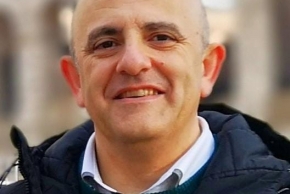The Cartesian grid Finite Element Method (cgFEM). Patient-specific simulations.
Résumé
During the last years, the research group of Computational Mechanics at I2MB-UPV has been working in the development of an immersed boundary method (IBM) called the Cartesian grid finite element method (cgFEM). CgFEM is a very efficient numerical simulation methodology thanks to the use of Cartesian meshes independent of the geometry and to a hierarchical data structure, fully coupled to the mesh, that allows for the reuse of many calculations, considerably reducing the total amount of calculations and, therefore, the computing time taken by the simulations. This seminar will present the basis of cgFEM, including our proposals to impose boundary conditions and to integrate at elements cut by the boundary of the domain (the most relevant drawbacks of IBMs), together with results about its performance.
The characteristics of cgFEM, that can be used for the analysis of objects defined by a CAD model, have also allowed us to develop a methodology to automatically obtain FE models directly from medical images, as will be described in the seminar. This methodology allowed us to use Computational Mechanics methodologies in an area of great social interest such as the area of personalized medicine, in particular in the structural simulation of bone-implant systems for preoperative prosthetic patient-specific implant simulations. Our group's developments on bone-implant frictional contact, bone remodelling and fracture healing, presented in the seminar, will show the great potential of cgFEM.
